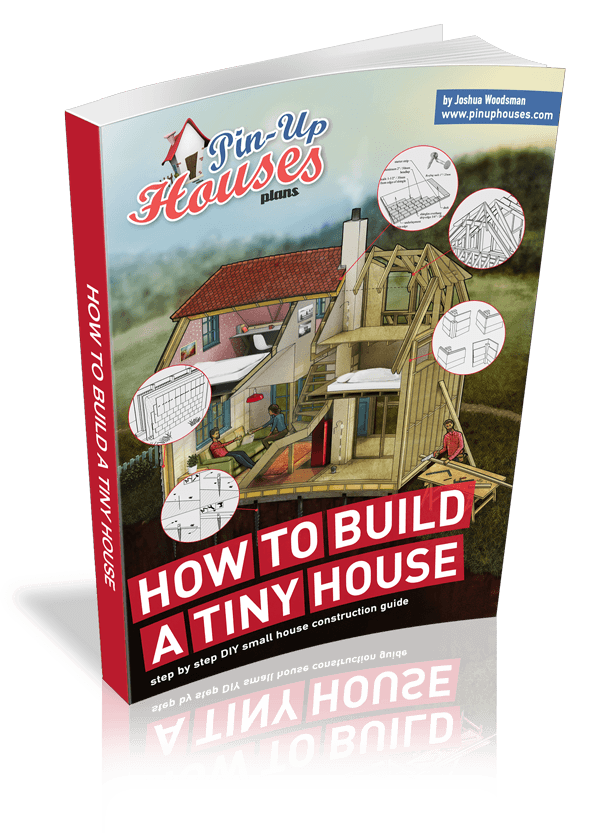Among the many plumbing issues that can plague a home, blocked drains is one of the most common and inconvenient. Feeling the water in the shower start to rise towards your ankles, or watching the toilet bowl fill instead of drain when you flush, can send your brain off in all kinds of directions. Questions like ‘how am I going to fix this blocked drain?’and ‘how much is it going to cost?’ will no doubt come to mind. It’s certainly a problem that needs addressing ASAP. Thankfully, many blocked drain problems are relatively simple and inexpensive to fix. Here are some tips on how to go about it.

What Causes Drain Blockages?
Clogged drains are typically the result of an obstruction in the drain pipe. It can often be caused by a natural build up of substances that have washed down the drain hole, or foreign objects finding their way into the system that should not be there. Among the most common cause of a blocked drain are:
- Build-up of soap or grease
- Toilet paper, baby wipes or wet wipes
- Body hair or pet fur
- Foreign objects accidentally or intentionally ending up in the drainage system
- Garden waste, tree roots, dirt or leaves
- Pipes that have suffered damage
The nature and cause of your blockage will largely determine the most effective way to fix it. You’ll notice that we have left out the use of chemical drain cleaners. This is intentional, as they have the potential to burn small holes in your pipes which can result in further problems. But let’s take a look at some of the options we do recommend.
1. Pour boiling water down the drain
Let’s start with the most simple option for the most simple blockages. Pouring boiling water down the drain can be an effective way to loosen up any accumulated grease, scum or soap build-up. End of lease cleaners in Sydney can also help you release simple blockages. Aside from being an effective blockage-fixing method, it can also be a useful maintenance approach to prevent these types of simple blockages from occurring in the future. Just boil up some water and pour it down the drain once a fortnight to minimise the likelihood of grease or soap build up clogging up your drain pipes.
2. Time to take the plunge
For slightly more solid drain blockages that can’t be fixed with boiling water, attacking them with a plunger can often do the trick. Make sure the plunger cup is large enough to cover the entire drain hole; it needs to be able to create the suction to dislodge the solid causing the blockage. Also be sure you have the right kind of plunger. The standard type you might use in the shower won’t do the job for a toilet blockage, so you’ll need to buy a specific toilet plunger with the added soft rubber flap to get the job done. Once you’ve sealed the plunger over the drain hole and created the necessary suction effect by pushing the plunger cup down with the handle, repeated up and down strokes with the right amount of pressure should dislodge the blockage.
3. Examine the kitchen sink U-bend
If you’ve accidentally dropped or washed something down the kitchen sink that perhaps shouldn’t be there, chances are it will settle in the pipe’s U-bend underneath the sink. Leave it too long, and it can cause a blockage. Thankfully it is relatively easy to retrieve that item. With a clean towel and a bucket underneath the drain pipe to capture any waste material or water, carefully detach the two connections and clean the pipe out to remove any obstructions or blockages. Screw the two connections back together and you should be good to go!




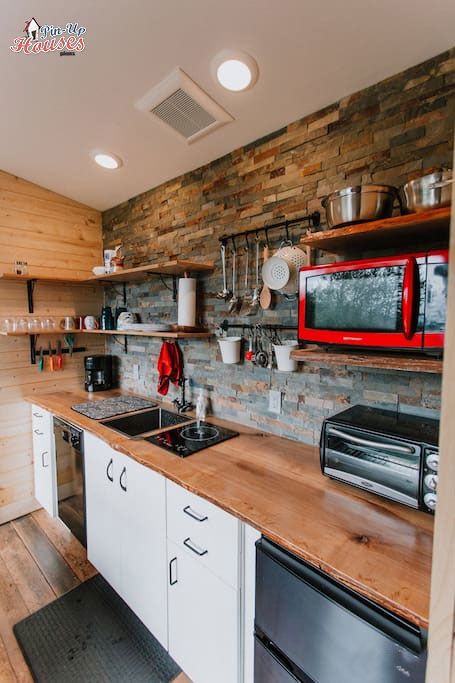
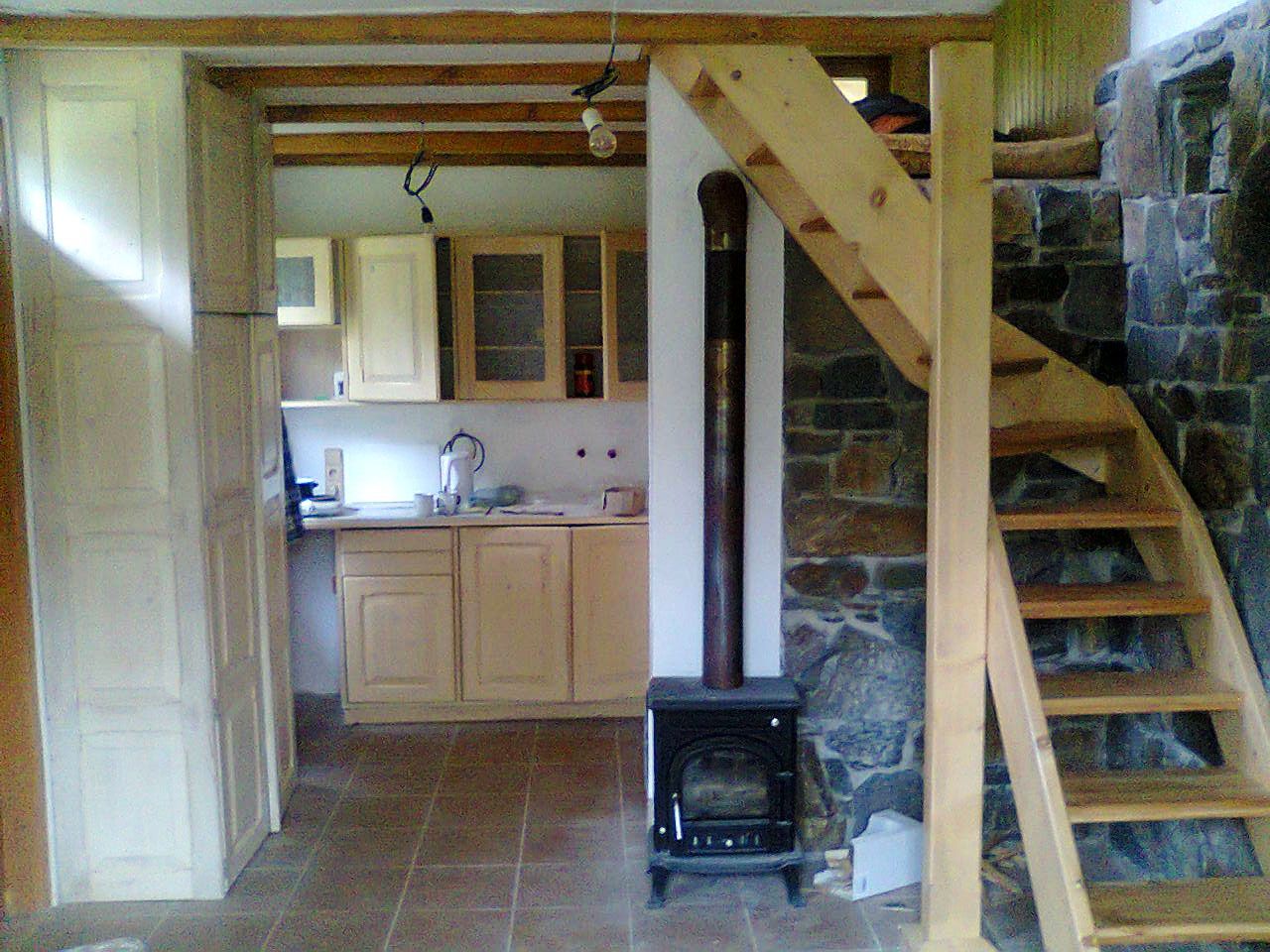
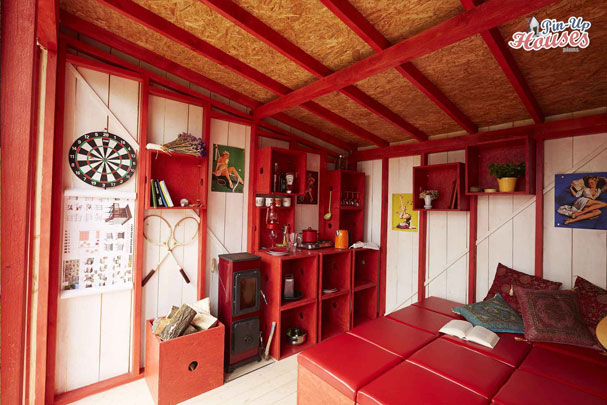
4. Unravel a wire coat hanger
If you’re like me you might have more wire coat hangers in your wardrobe than you know what to do with. Luckily when it comes to fixing blocked drains, that wire coat hanger just might be the ace up the sleeve that you didn’t know you had. All you need to do is unravel the length of the coat hanger and keep the hook at the end. Feed the hanger hook first down the drain and carefully use it to extract the obstruction from the drain.
5. Vinegar + Bicarb Soda = effective DIY remedy
Another DIY approach that many people have success with in the kitchen or bathroom is to combine vinegar with bicarb (or baking) soda. Similar to tip #1, begin by pouring boiling water down the drain before adding half a cup of bicarb soda from the kitchen pantry. Wait a few minutes before adding a mix of vinegar and boiling water – one cup of each will do. If you like you can put the sink plug in the drain hole to better enable the mixture to react and break up the blockage in the pipe. After about 5-10 minutes, wash it away with some more hot water.



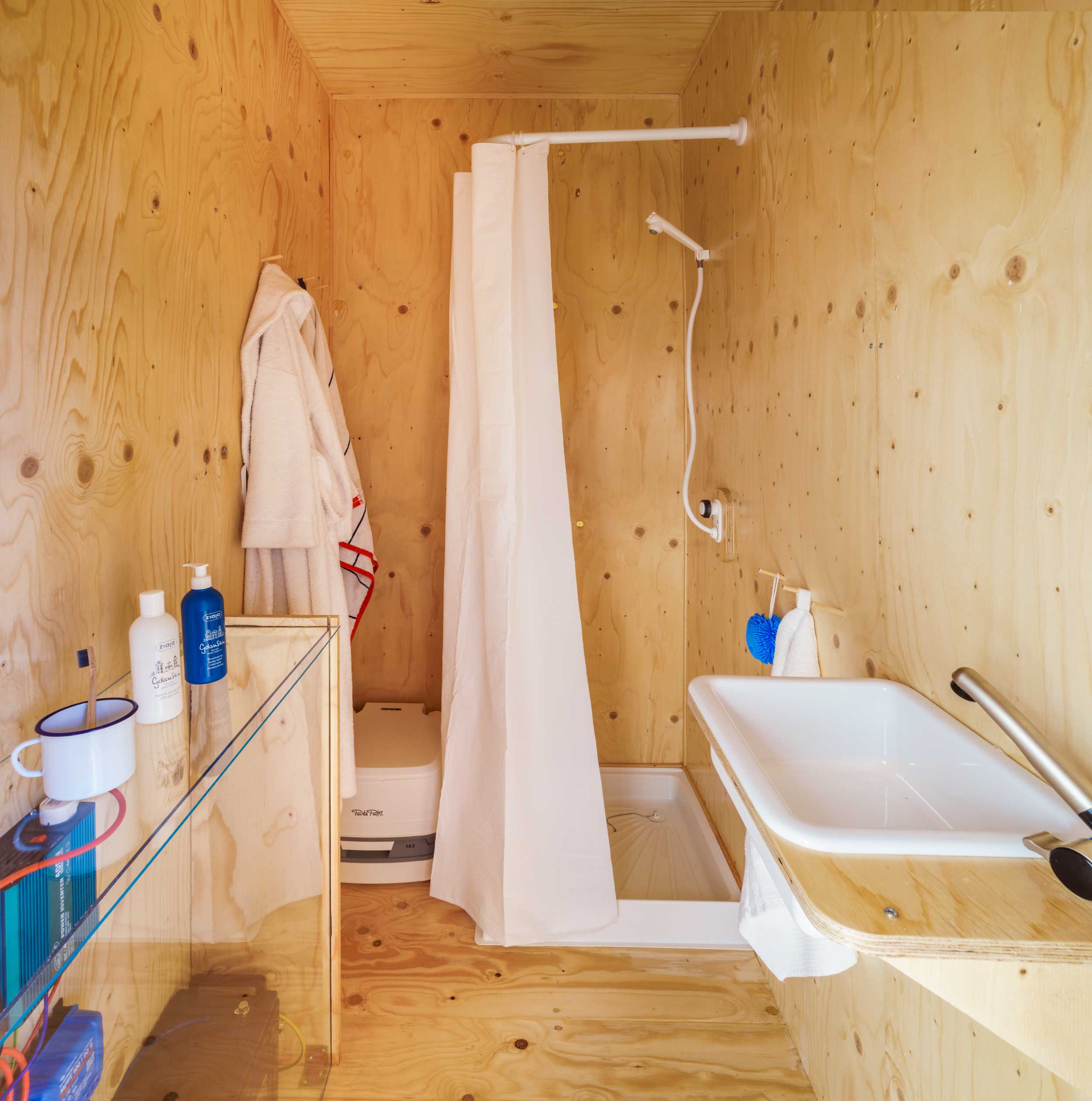
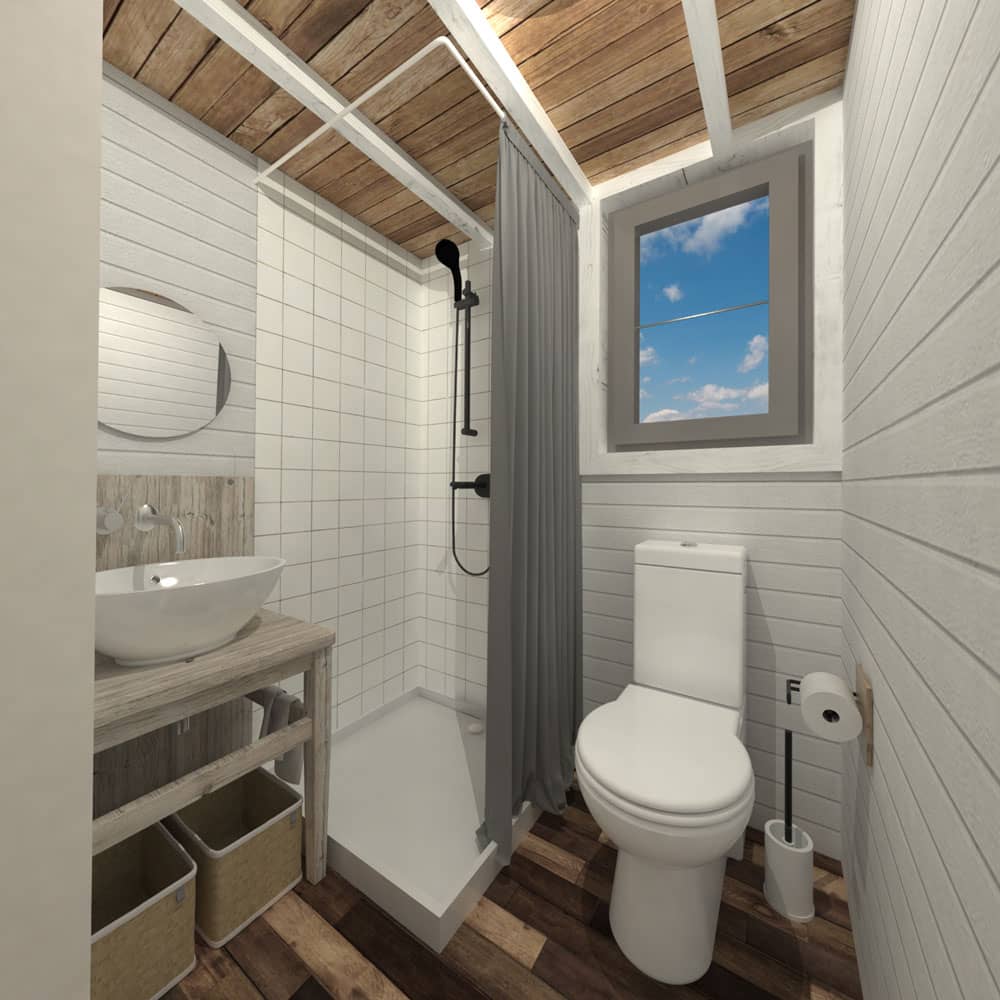

If all else fails…
Though you’ll be able to resolve most blockages with any of the above five methods, some aren’t quite so straightforward and may require professional assistance. For instance, if you have tree roots growing in your pipes, or the pipes have become damaged, they may require more extensive work that only a licensed plumber can provide. They can use state of the art CCTV technology to locate the blockage and clean it out either with a drain snake or high-pressure jet blaster. For more severe cases though, pipe relining may be the best approach. Whatever the case may be, a licensed and experienced plumber will discuss your options to resolve the blockage and get your drains back in peak working condition.


